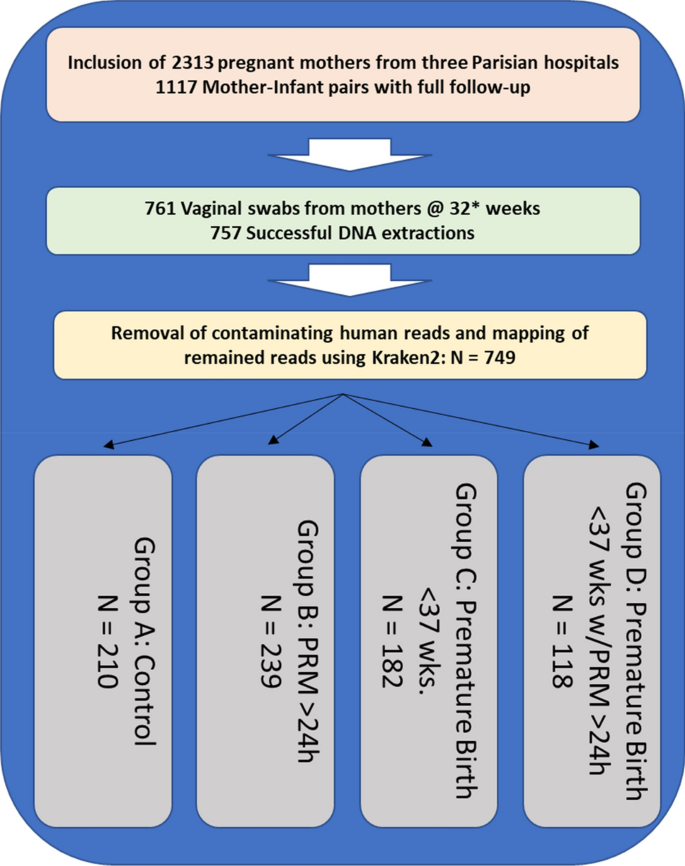💡 Researchers examined the diversity, community-type prevalence, and role of the vaginal microbiota in various pregnancy outcomes.
📌 The vaginal microbiota refers to the microorganisms that reside in the vagina. These microorganisms contribute significantly to a woman’s reproductive and general health.
📌 A healthy vaginal microbial community (VMC) is typically a low-diversity environment with a predominance of lactic acid-producing 𝑳𝒂𝒄𝒕𝒐𝒃𝒂𝒄𝒊𝒍𝒍𝒖𝒔 species. Factors such as antibiotic use, sexual activity, and hormonal changes can disrupt the balance of the vaginal microbiota, leading to conditions such as bacterial vaginosis.
📌 During pregnancy, the VMC community interacts with the host to provide a protective barrier against potential pathogens for the developing fetus. The breakdown of free glycogen by α-amylase provides a source of rich energy source that can be converted to lactic acid thereby lowing the overall pH of the environment.
📌 Bacterial vaginosis (BV) is a common form of dysbiosis affecting reproductive aged women. BV is typified by reduced 𝑳𝒂𝒄𝒕𝒐𝒃𝒂𝒄𝒊𝒍𝒍𝒖𝒔 abundance in the VMC, resulting in an increased pH > 4.5 and a commensurate increase in diversity. The risk of pre-term delivery and premature rupture of the amniotic membrane before delivery have been associated with the presence of specific organisms.
📌 The premature disruption of the amniotic membrane and preterm delivery have also been associated with specific microbes present in the vaginal microbiome, changes in the bacterial population and lower proportions of 𝑳𝒂𝒄𝒕𝒐𝒃𝒂𝒄𝒊𝒍𝒍𝒖𝒔 species, the presence of fungi such as Candida albicans has also been associated with an increased risk of preterm delivery.
🔴 Researchers in this study elucidate the link between the vaginal microbiota and pregnancy outcomes, specifically the risk of preterm delivery.
They observed high abundance of 𝑳𝒂𝒄𝒕𝒐𝒃𝒂𝒄𝒊𝒍𝒍𝒖𝒔 spp., particularly 𝑳. 𝒄𝒓𝒊𝒔𝒑𝒂𝒕𝒖𝒔 , that suppresses diversity of the vaginal microbiota and reduces the risk of colonization by diverse anaerobes and potential pathogens, and also reducing the corresponding risk of preterm delivery.
The role of the overall diversity of the microbial community, and not that of single species, determine the risk of preterm birth, this was further emphasized by the fact that women who had a high abundance of 𝑮. 𝒗𝒂𝒈𝒊𝒏𝒂𝒍𝒊𝒔 did not show any symptoms of BV and had normal pregnancies.
Link to the article: go.nature.com/3MWWh3V
Published On: /06/2023
